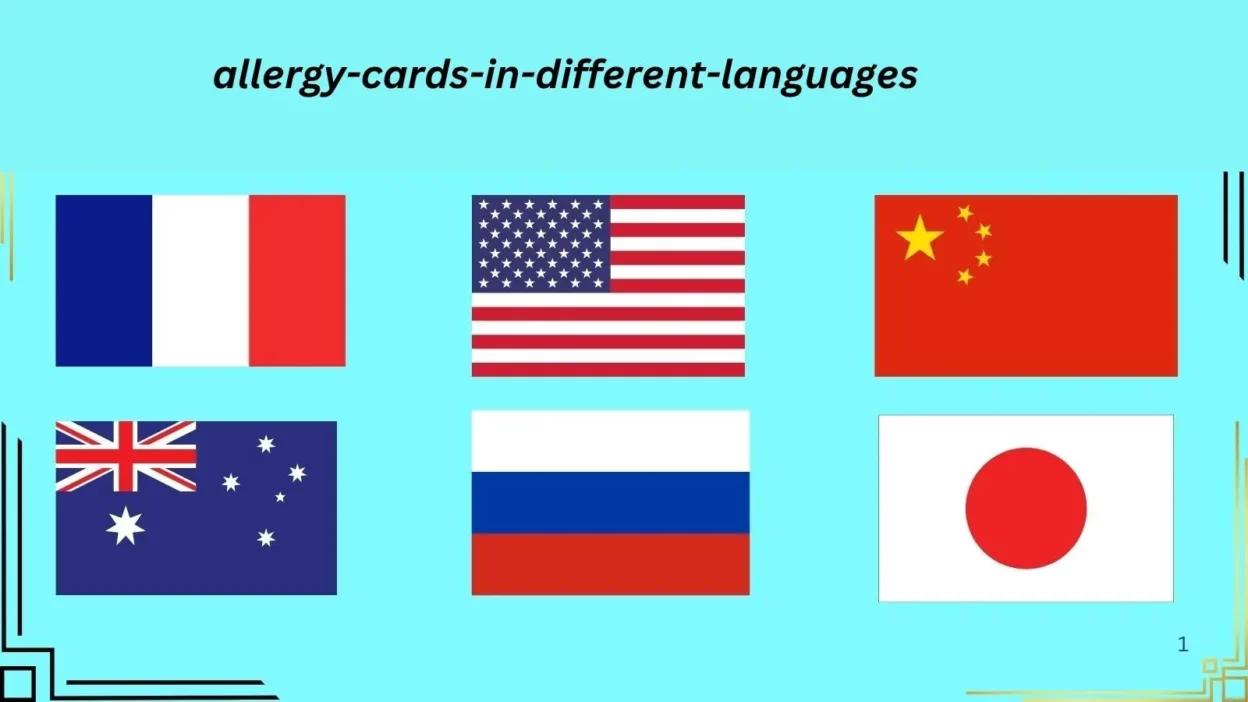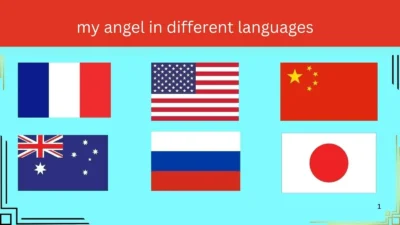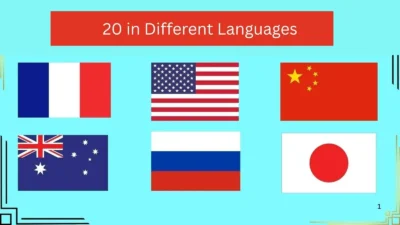Traveling, dining out, or even grocery shopping can be stressful if you have food allergies. Now imagine being in a foreign country where you don’t speak the local language — communicating your dietary restrictions becomes even more challenging. This is where allergy cards in different languages become a lifesaver.
In this article, we’ll explore why people search for allergy cards in multiple languages, how these cards can help solve communication problems, and how you can use them to stay safe while traveling or eating out.
Why Do People Search for Allergy Cards in Different Languages?

People looking for “allergy cards in different languages” usually share one concern: safety. They may have severe food allergies such as peanuts, shellfish, gluten, dairy, or soy, and need a clear way to communicate their restrictions abroad.
For example:
- A tourist with a nut allergy in Italy wants to show a card that says “I am allergic to nuts. Please make sure my food does not contain them.” in Italian.
- A parent of a child with celiac disease might look for cards in French or Spanish when visiting Europe.
- Someone traveling for work to Japan may need their allergies explained in Japanese to avoid miscommunication.
Their intention is simple: to prevent accidental exposure to allergens by bridging the language barrier.
What Are Allergy Cards?
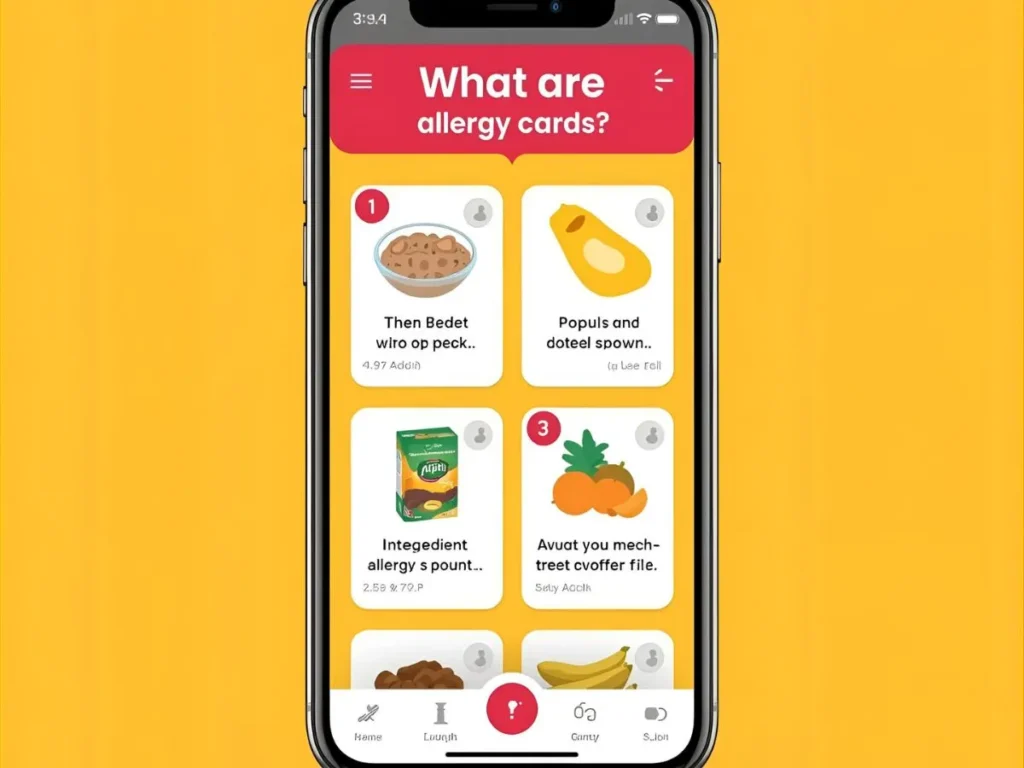
Allergy cards are small, wallet-sized cards that list your allergies and dietary restrictions. They are usually written in both your native language and the local language of the country you are visiting.
These cards typically include:
- A clear statement of your allergies (e.g., “I am allergic to peanuts and sesame seeds”).
- A polite request (e.g., “Please prepare my meal without these ingredients”).
- Sometimes visuals or bold lettering to catch attention quickly.
How Allergy Cards in Different Languages Solve the Problem
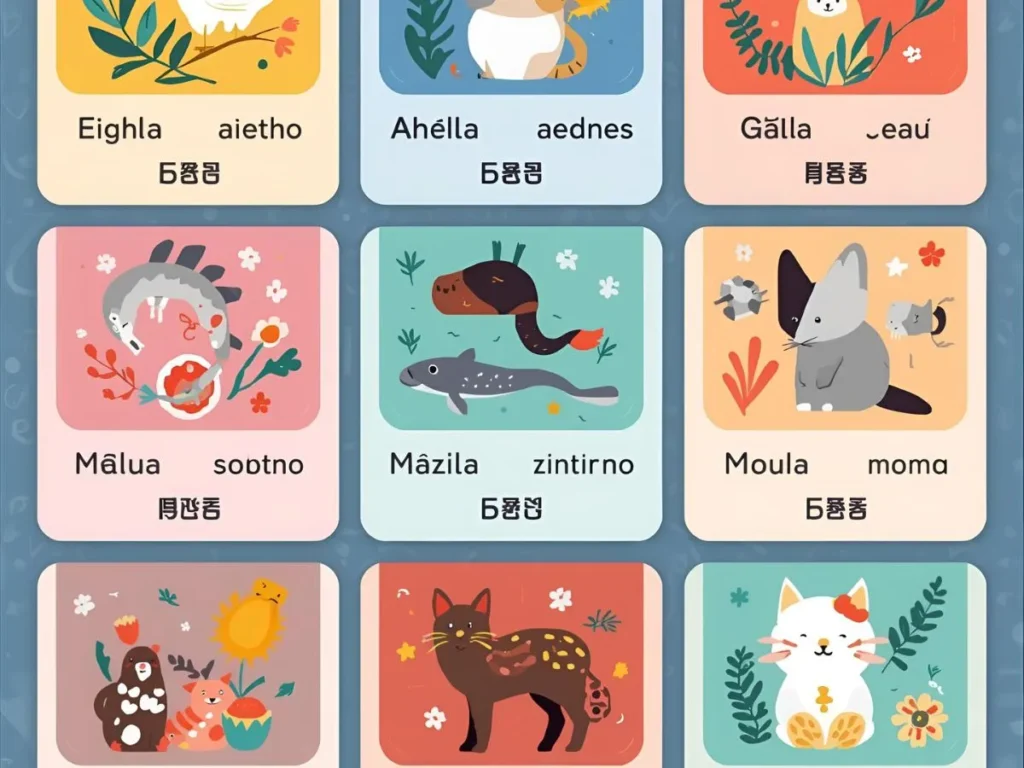
When you don’t speak the local language, even a simple word like “peanut” or “wheat” can be confusing. Relying on translation apps isn’t always safe, especially in restaurants where mistakes can happen.
Allergy cards provide:
- Clarity: Exact wording in the local language.
- Confidence: You can order food without hesitation.
- Safety: Reduces the risk of accidental exposure.
- Peace of Mind: Makes traveling and dining less stressful.
Examples of Allergy Phrases in Different Languages
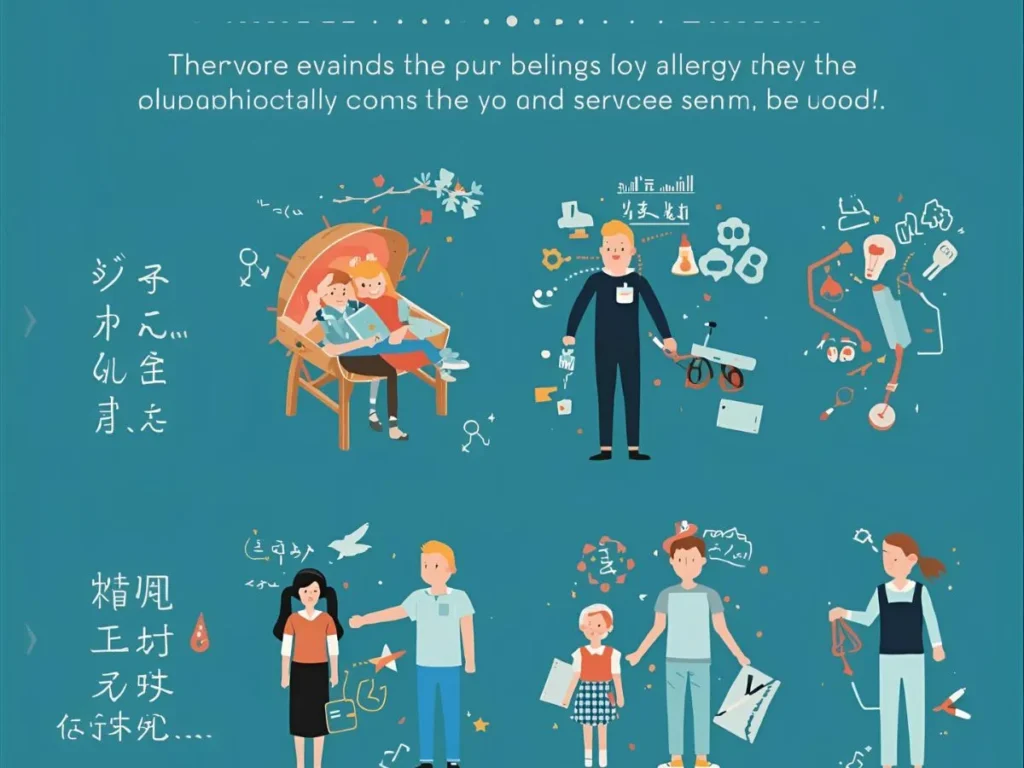
Here are a few translations that might appear on allergy cards:
- Spanish: “Soy alérgico a los frutos secos. Por favor, asegúrese de que mi comida no los contenga.” (I am allergic to nuts. Please make sure my food does not contain them.)
- French: “Je suis allergique au gluten. Merci de préparer mon repas sans gluten.” (I am allergic to gluten. Please prepare my meal without gluten.)
- German: “Ich bin allergisch gegen Milchprodukte. Bitte bereiten Sie mein Essen ohne Milchprodukte zu.” (I am allergic to dairy products. Please prepare my meal without dairy.)
- Japanese: “私はエビアレルギーがあります。料理にエビを入れないでください。” (I have a shrimp allergy. Please do not include shrimp in my food.)
How to Use Allergy Cards
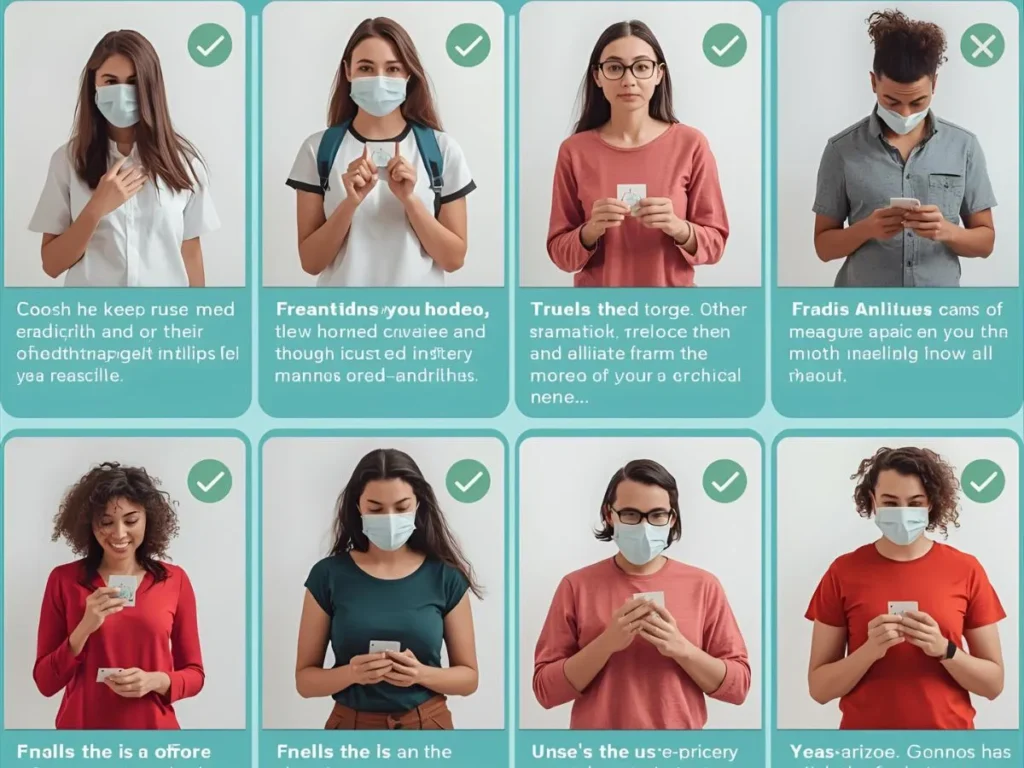
- Show them at restaurants before ordering.
- Hand them to waiters or chefs to avoid misunderstandings.
- Keep multiple copies in your wallet, purse, or backpack.
- Combine with verbal communication if possible, but rely on the card for accuracy.
Conclusion
Searching for allergy cards in different languages is not just about convenience — it’s about safety and confidence when traveling or eating in unfamiliar places. By carrying these cards, you eliminate the language barrier, clearly communicate your dietary needs, and protect yourself from serious health risks.
If you or a loved one lives with food allergies, investing in multilingual allergy cards is one of the simplest and most effective steps you can take to travel safely and stress-free.
